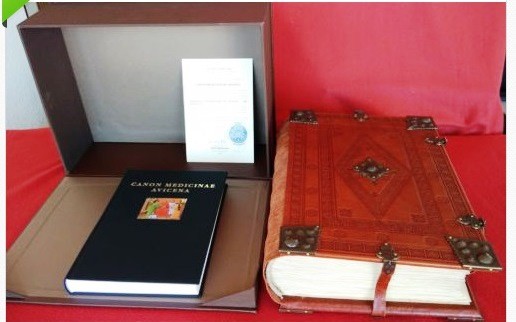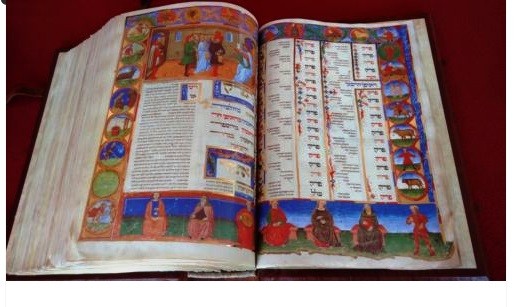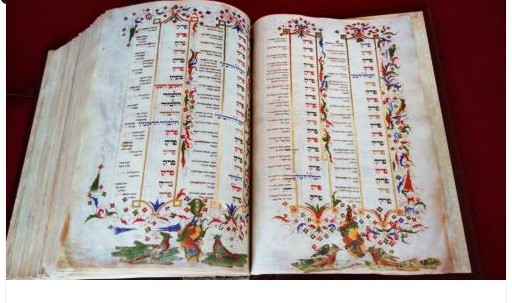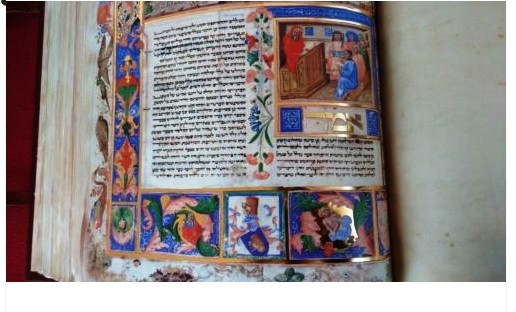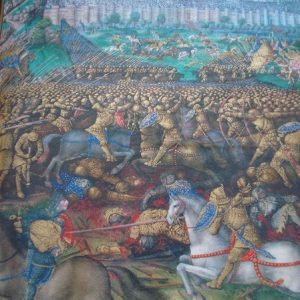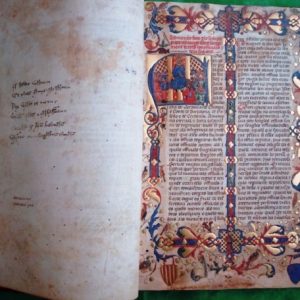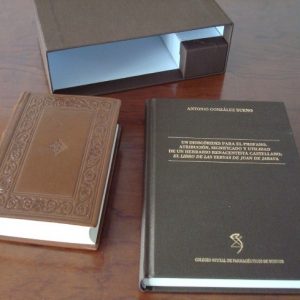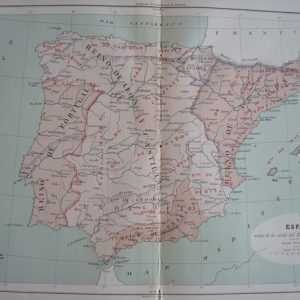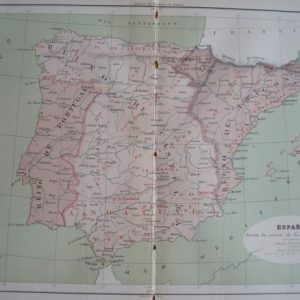Description
The origin of the Canon Medicinae is attributed to the Abu Ali Ibn Sina Husaya, known in the Latin Medieval Europe as Avicenna, famous surgeon and philosopher who lived between the years 980 and 1037. The Canon Medicinae is the only complete copy of his work, is is one of the copies of the Hebrew translation by the translator Natan ha-Meati in the thirteenth century the original Arabic Avicenna wrote.
This manuscript is considered the most comprehensive encyclopedia of medical and pharmacological science of the Middle Ages. It’s not just a treaty on general medicine, but also includes studies of anatomy, physiology, on diseases, medications and their effectiveness, all it presented in five parts.
It comprises a total of 1,604 pages of fine vellum, with dimensions of 275 x 400 mm. It is written in two columns, 36 lines each, in the Hebrew Italian style cursive writing, also called Rashi script. It is a membranous codex because his models are enriched with gold, with ten of them full-page and 498 pages illuminated with fringes of floral and animal motifs, like many small miniatures depicting the signs of the zodiac, the four seasons or allegories on the different months.
2002 facsimile edition of the famous work of Avicenna “Canon Medicinae”, beautifully lit and carried out in 1440 manuscript, original of which is preserved in the University Library of Bologna (Italy). An essential work for any medical or profession related to medicine, as well as for any collector or demanding bibliophile.
Facsimile and numbered limited edition of 995 copies authenticated by a notary. 30.5 x 43.6 cm format. It contains 10 full-page miniatures illuminated in addition to 498 pages with borders of floral and animal motifs.
The edition is completed with a second volume, or study book, in which specialists have developed studies and codicological, paleographic and artistic works on this handwritten work in Arabic.
Free shipping for this item. Ask us with any questions, indicating the item reference.




